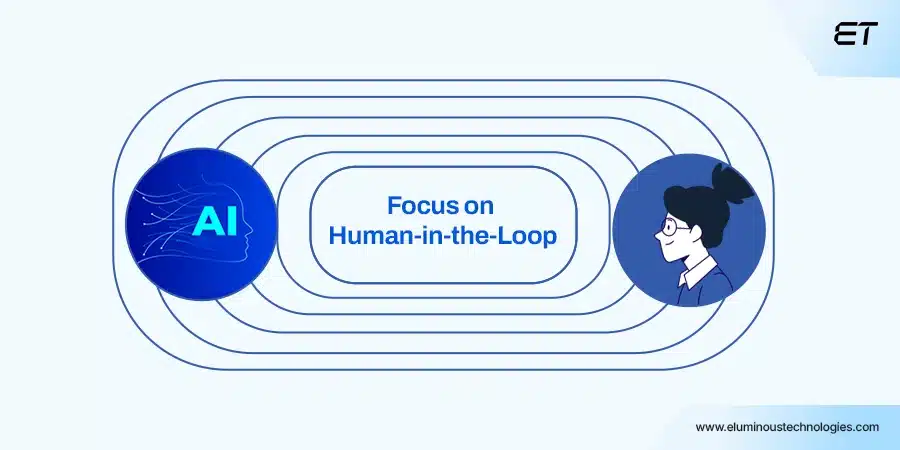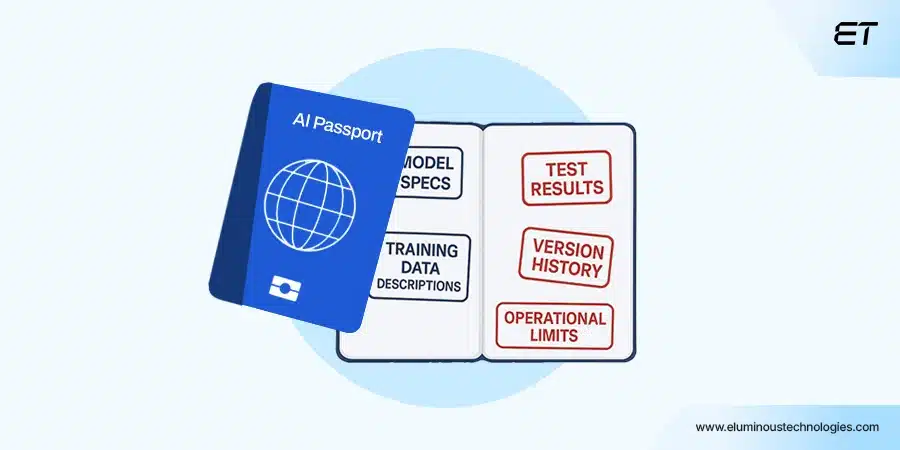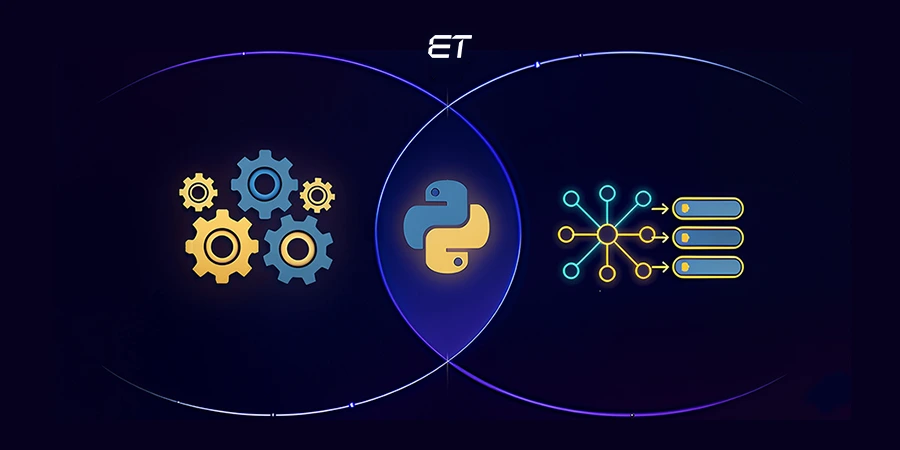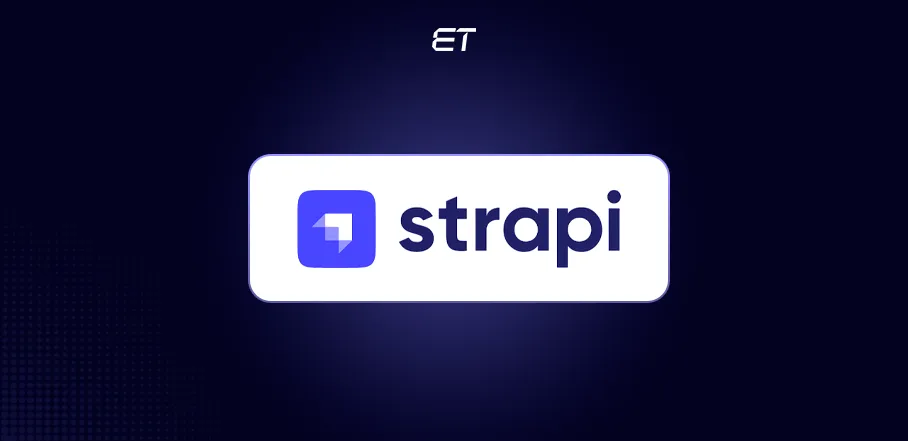
EU AI Act Compliance: A Practical Explainer
The EU AI Act compliance wave is here. If you’re someone who’s standing on the beach, pretending the tide won’t reach you, you’re wrong. Trouble is, it will.
Whether you’re building AI tools or plugging them into your workflows, the law doesn’t care. If you ignore it, you risk fines or reputational damage. In reality, the official EU AI Act text runs enough pages to give even lawyers a headache.
But we get it. You need something simpler, sharper, and practical to work with.
That’s precisely what this blog is for. No jargon dumps, no fear-mongering. Just a clear roadmap to help you understand the meaning, risks, and the steps to take for staying compliant.
Staying compliant is vital, and we understand every facet of it. Contact us to develop compliance-ready software.
What Is the EU AI Act?

The EU AI Act is the world’s first comprehensive law designed to regulate artificial intelligence. Instead of treating all AI the same, it uses a risk-based framework. That means the higher the potential harm, the stricter the rules.
- Unacceptable risk AI: Outright banned (think social scoring or manipulative AI).
- High-risk AI: Permitted, but with stringent compliance requirements. This category includes AI used in hiring, credit scoring, healthcare, law enforcement, or critical infrastructure.
- Limited or minimal risk AI: Mostly transparency requirements. For example, ensuring that chatbots clearly disclose they’re not human.
So why does this act matter for compliance?
Because it’s not just about building AI; it’s about using it responsibly. If your business deploys high-risk AI, you’ll need to meet strict requirements around the following factors:
- Data quality
- Documentation
- Human oversight
- Monitoring
If you don’t comply, you may risk losing your license to operate in Europe’s vast market.
For an in-depth look at this act, refer to the official source.
Who Does the EU AI Act Compliance Apply To?

Now, the billion-dollar (or rather euro) question is – will this act impact your business?
In a word, yes.
The EU AI Act doesn’t just target the big tech giants in Silicon Valley. If your business develops, sells, or uses AI systems that interact with EU citizens, you’re in scope. It doesn’t matter where you’re based.
Here’s the breakdown:
- Providers: Companies that build or market AI systems. They carry the heaviest compliance load.
- Deployers (users): Businesses that adopt or integrate AI into their operations. They must use AI responsibly, monitor performance, and follow the provider’s guidelines
- Importers and distributors: Even if you don’t develop AI but simply bring it into the EU market, you need to make sure the system meets compliance.
- General-purpose AI providers: Developers of large, general-purpose models face an extra layer of scrutiny.
In short, if you think “this won’t apply to me,” you’re probably wrong.
Similar to the EU AI Act, you should be aware of PCI compliance. Our blog covers all the crucial aspects, ranging from the compliance levels to a real-life case study.
Key Requirements for High-Risk AI Systems
The EU AI Act compliance framework is heavy, but manageable if you know the right moves. Here’s what matters most.
1. Risk Management and Assessment

High-risk AI requires a documented risk management lifecycle. Identify potential harms, estimate likelihood, mitigate risks, and monitor continuously.
Don’t treat this as a one-time checkbox. It’s an ongoing process in your product lifecycle.
2. Data Quality and Governance

You need demonstrable data quality, like:
- Representative datasets
- Bias testing
- Secure storage
- Traceable lineage
In addition, you should document every dataset decision to safeguard yourself from regulator visits.
3. Human Oversight

Even the smartest AI can fail. You must define how humans can intervene, or at least supervise decisions.
The Act calls these human-in-the-loop (HITL) or human-on-the-loop controls. So, train your team and document the process for robust EU AI Act compliance.
4. Technical Documentation

Think of this aspect as your AI passport.
Now, you need to include model specs, training data descriptions, test results, version history, and operational limits. For high-risk systems, regulators expect a thorough technical file.
So, don’t miss these key points to avoid fines or penalties.
5. Conformity Assessment & CE Marking

Before you put a high-risk AI system into the market, you need to prove it meets EU requirements.
Some systems allow internal checks; others require a notified body assessment. If your AI is embedded in a regulated product, CE marking may apply.
Practical Tips to Navigate EU AI Act Compliance
Before leaning in to the advice, here’s something you need to know about governance:
- A dedicated AI office will govern the EU AI Act compliance
- It will exist within the commission to evaluate General Purpose AI (GPAI) model providers
This info can prove helpful for your business. Now, let’s move on to some valuable tips.
Start with an AI Inventory
List every AI system your company uses (in-house or third-party). Include the purpose, deployment, and whether it touches EU citizens.
If it’s high-risk, flag it immediately.
Classify Risk Early
Refer to suitable annexes and articles to determine if the AI is high-risk. When in doubt, assume the worst and plan for compliance. Regulators prefer documented caution over improvisation.
This aspect is crucial for preparing to comply with the EU AI Act.
Document Everything
Keep technical files, dataset info, testing logs, and risk assessments ready. Don’t wait for a regulatory knock. Be ready to prove you’re compliant.
Clear documentation can avoid any confusion. Our QA team ensures that no stone is left unturned while working on your project papers.
Ensure Human Oversight
Assign someone to oversee AI decisions and define intervention points. Train the team on what to do if the AI goes rogue.
Remember: Human-in-the-loop is vital for EU AI Act compliance.
Vet Third-party AI Carefully
If you’re deploying models from external vendors, make sure they provide compliance documentation. Include audit rights in contracts and keep proof of your diligence.
Train Your Team
Everyone using or managing AI should understand limitations, obligations, and risk protocols. Compliance fails when staff don’t know the rules.
Start Small, Think Big
SMEs and startups can focus on the essentials first:
- Inventory
- Risk classification
- Basic documentation
Scale your compliance program as your AI footprint grows.
A Simple Roadmap to EU AI Act Compliance
If all this sounds overwhelming, here’s the stripped-down sequence. Think of it as your go-to kit for navigating compliance.
1. Inventory your AI → Map out every AI system in use.
2. Classify the risk → Check if it lands in high-risk territory.
3. Document everything → Technical files, data lineage, testing logs.
4. Set up risk management → Treat it like a continuous loop, not a checkbox.
5. Build human oversight → Define how people monitor and intervene.
6. Choose conformity path → Internal checks or third-party assessment.
7. Monitor post-launch → Log issues, track updates, report serious incidents.
Follow this order, and you can become well-equipped to manage EU AI Act compliance.
To Wrap Up
The EU AI Act compliance isn’t just another regulation to skim over and forget. It’s a signal that AI is entering a more accountable era. In this phase, transparency, risk management, and human oversight are core business requirements.
For companies, those who adapt early can stand out as trustworthy players in an opportune market.
So, the choice is simple: wait until fines and regulators come knocking, or start laying the groundwork for compliance now! On the other hand, if you want to build compliance-ready software, reach out to us. With over 20 years of crafting GDPR, SOC2, and similar compliant apps, our team can help you mitigate potential challenges.
You don’t need to worry about legal compliance. Leave the thinking to our team, which has a track record of delivering over 940 compliant projects to date.
Disclaimer: This blog is for informational purposes only and should not be treated as legal advice. EU AI Act compliance requirements can vary based on your specific use case. Always consult official EU resources or seek professional legal guidance before making compliance decisions.





